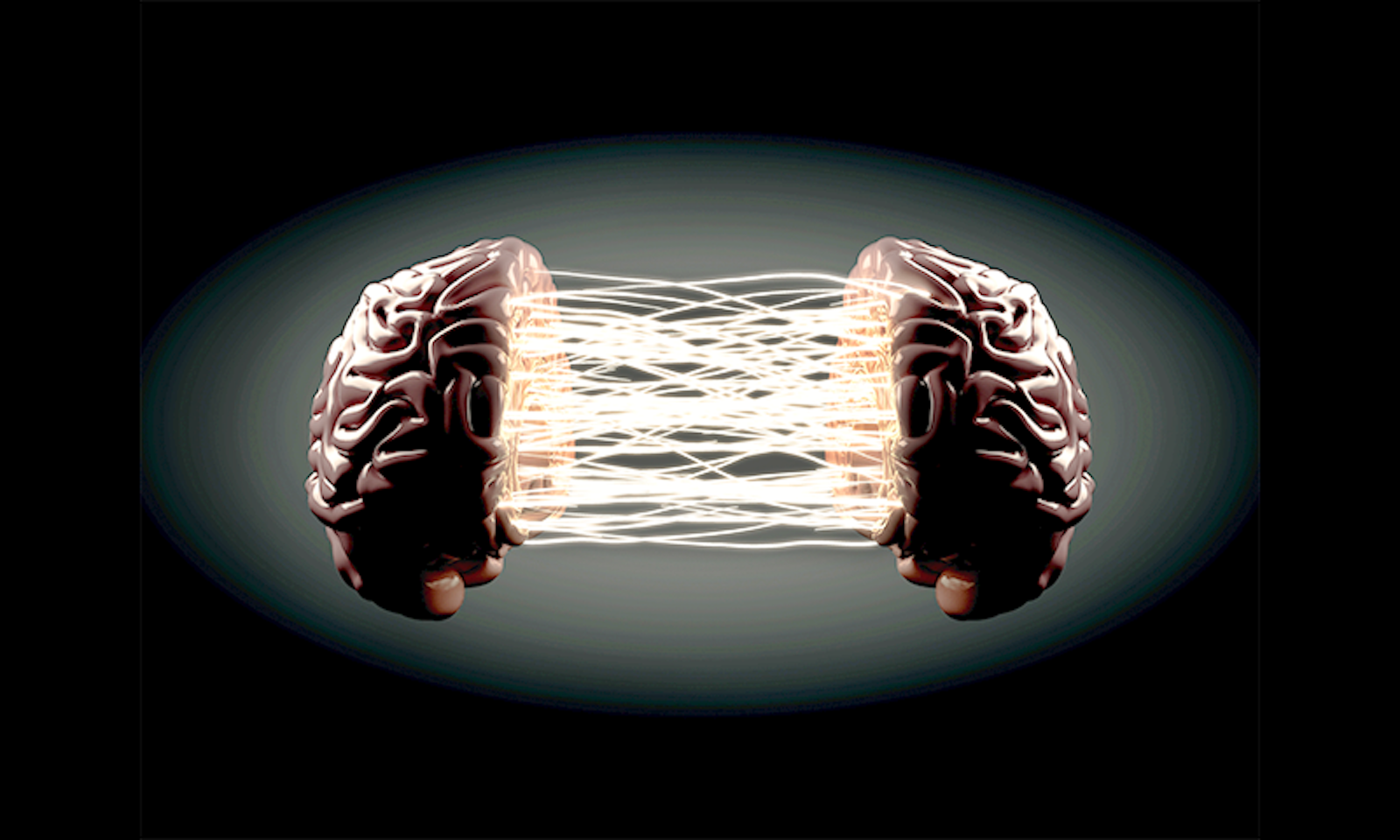The creative spark can flare up in anyone at any time. For the cognitive neuroscientist Evangelia Chrysikou, who grew up in Greece, creativity is almost a fundamental human instinct. We wouldn’t be where we are today as a species, spread across the globe, she says, if we couldn’t imagine what’s possible—and make it happen. For her, all creative acts fall along a spectrum of recombining what you know into something that didn’t previously exist. She offers a simple example of what you might do if you’re sitting on a chair in a room and someone attacks you.
“You will very quickly rearrange your thinking about what the chair is, and use it as a shield, or use other items around you as a weapon,” she says. “What I have found fascinating is, clearly we can all do it, but what are these processes? There’s something in our brain that lets us take something that, everyday, you use as a pen, and immediately reorganize it into something that has other kinds of characteristics that can serve a different purpose,” like a tiny spear. In her lab at Drexel University, she probes brain activity with fMRI machines and transcranial electrical stimulation to understand what underpins our ability to think flexibly and solve problems.
Creative acts rely on access to particular knowledge.
In a new study, she assembled a group of 20 “eminent” creators, people with “exceptionally high creativity,” and matched them with a control group—people of the same age and educational and professional background—with lesser powers of creativity. (The researchers assessed subjects’ creativity based on responses to a “creative achievement questionnaire.”) She, Andrew Newberg of Thomas Jefferson University, Scott Barry Kaufman of Columbia University, and other colleagues, wanted to find out what in the brain might explain some of the differences in creative achievement between these groups. Among other things, the researchers monitored the blood-oxygenation levels of the participants’ brains while in a resting state—while they weren’t performing any task—to compare how different the functional connections are between certain areas of the brain for each group.
Nautilus caught up with Chrysikou recently to discuss her findings.
Are there any notable differences in the brains of “eminent” creative people compared to those who are merely successful and smart?
Yes. So in this recent study, conducted at Thomas Jefferson University, we wanted to find out whether there’s something about how the different parts of the brain talk to each other under rest, where there is no particular task to be achieved. Is there something about the connectedness of the different regions of the brain within the eminent group that differs from the non-eminent group, and how are these related to the creative success of the participants?
The key finding was that, for the eminent creators, there was a higher connectivity, both within each hemisphere, the right and left, but particularly across them—and especially in the two key networks that many studies have identified as important for creative thinking, the default mode network and the executive control network. Past research has shown that, during most of our day-to-day activities, these two networks are antagonistic. In creative tasks, they seem to be talking a little bit more with each other. In this particular study, our results mirror this finding. For the eminent creators, there was much more dialogue between these two networks relative to the non-eminent creators.
What about when you had the participants engage in a creativity task—were there differences there?
When the participants were completing the alternative uses task—the traditional measure for creativity, where you show people an object and you ask them in a few seconds to verbally generate an alternative use for it—the brains of eminent creators were more efficient, meaning the recruitment of brain regions was much more focused compared to the non-eminent creators, whose recruitment of brain regions was more variable, widespread, and less organized. In other words, the brain areas that support creative functions were activated and engaged in eminent creators more often and more strongly and with more specificity. This was true across the eminent creator group, whether they were famous artists, writers, or lawyers, which I think is a really cool finding.
How might you explain your findings in terms of what’s happening psychologically?
Given what we know about the default mode network, which activates strongly when we remember the past and imagine the future, and the executive control network, which activates when we carry out our plans, our finding suggests that creative acts rely on access to particular knowledge. You have memories about the world around you, about how things work, how things operate. These memories are retrieved in certain ways, depending on the context of a particular goal you have to achieve.
So the brains of highly creative people engage in this dialogue or filtering of the memory search process based on the context, the tasks that they have to accomplish, especially when they are creating something new. That memory search also helps you reinterpret the particular object. We need to do much more experimental work to be able to say, “Here is this particular kind of memory that was reorganized.” The level of resolution of the results we have is a little bit fuzzier than that. But it’s still a very interesting first step toward addressing that question of how you borrow from memory to create things that don’t exist. ![]()
Lead image: Inked Pixels / Shutterstock




























